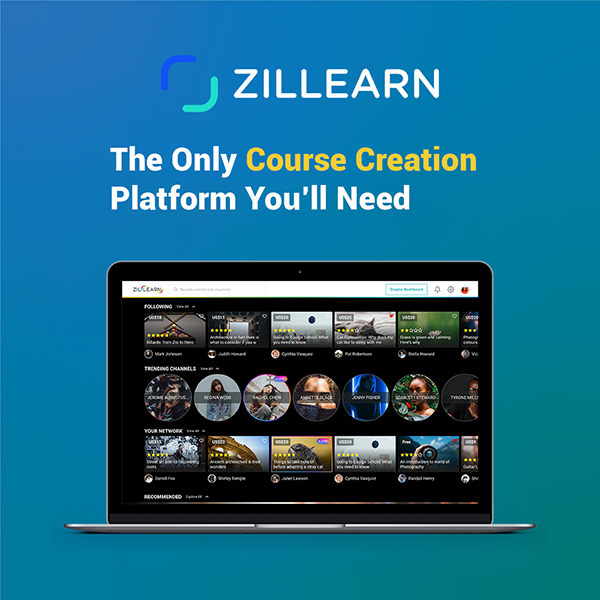The world is bursting with learning content. A timely opportunity for organizations that struggle to hire employees with the right skills, narrow the ballooning skills gap of their existing workforce, and seek to thrive in the rapidly evolving world of work.
How can organizations identify learning content that meets the needs of their workforce? The answer is building tailored learning pathways to better equip their workforce for the future of work.
Learning pathways can be defined as personalized goal-oriented maps designed to foster the professional development of an individual. It outlines the training and education an individual should pursue to achieve career mobility and agility.
Each time knowledge and skills are shared by one employee with another – be it over digital communication and collaboration platforms such as Slack, email, or Zoom – an informal learning pathway emerges.
However, informal learning pathways tend to be chaotic as the learning content is spread across various communication channels thus less accessible. These pathways also do not explicitly outline the skills, certifications, or education required for an employee to achieve their identified career aspirations and goals.
Organizations should instead build formal learning pathways to ensure a more systemic and effective approach to their learning and development.
Integrating learning into the flow of work
The younger generation of workers are more likely than previous generations to value an employment opportunity that prioritizes their career development. It is estimated that by 2025, Millennials will make up 75% of the digital workforce. Hence, organizations need to build clear and concise learning pathways for their workforce.
Besides that, surveys show that effective learning pathways have positive impacts on the workforce. For instance, 86% of the global workforce highlighted that skilling up opportunities will improve their overall job experience and productivity. 79% cited a lack of appreciation and opportunity for professional development as key reasons for resigning.
By offering curated learning pathways, employees now have control over their professional development and are more likely to feel valued and engaged in their workplace. This in turn enhances organizations’ opportunity to achieve their short- and long- term business goals.
As remote and hybrid work become the new norm, organizations need to move their in-person learning content online. Learning pathways are specifically designed to adapt to the diverse range of reskilling and upskilling options available. It enables remote and hybrid workforces to access learning content wherever and whenever possible.
Furthermore, learning pathways is a necessary L&D technique for the new world of work as it enables organizations to upload relevant on-demand learning content, track the progress of each employee, and create an interactive community of learners.
Therefore, thoughtfully designed learning pathways are key to an organization’s ability to adapt to the fast-changing world of work.
How to build a learning pathway
Each organization has its own set of goals, ambitions, and limitations. These will shape the overall direction of learning pathways designed by and for the organization and its workforce.
Before designing the learning pathways, organizations must identify their limitations. A skills gap analysis is necessary as it provides insight into the skills lacking within the organization, highlights the areas which provide the biggest opportunities for growth, and pinpoint each employee’s professional ambition.
When the limitations and ambitions are identified, organizations can provide learning pathways filled with measurable milestones that clearly define and communicate how each employee’s professional development aligns with the organization’s overall goals.
Final Note
Learning pathways provide organizations with a step-by-step guide on how to identify and integrate the right learning content for the needs and wants of their workforce. By doing so, organizations are able to unlock untapped potential, create better learning ecosystems, and cultivate a sustainable growth mindset.




